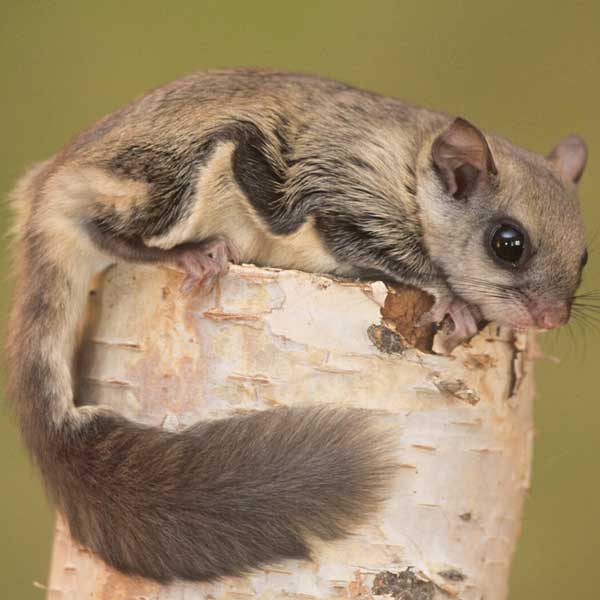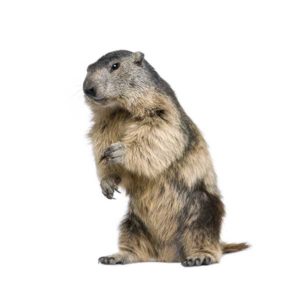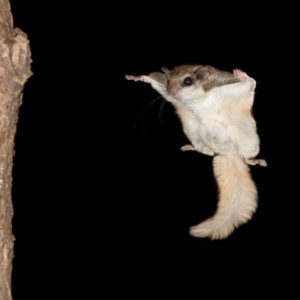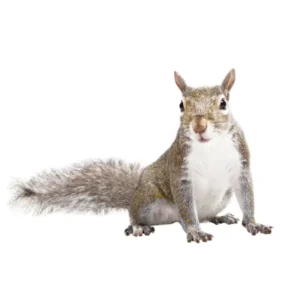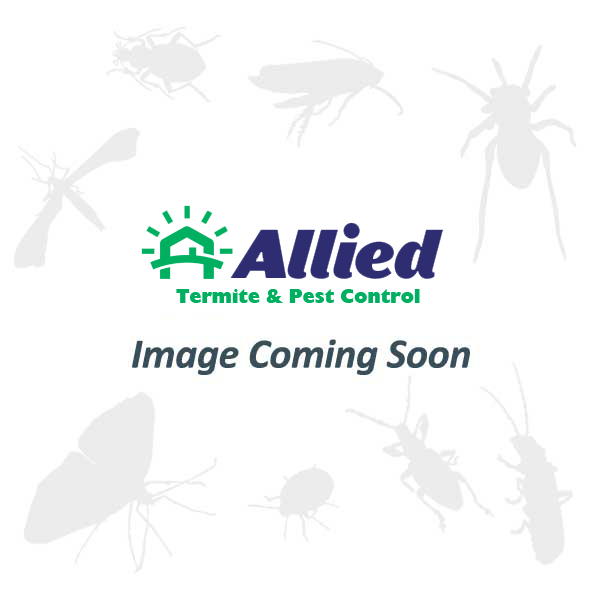Northern Flying Squirrels in Memphis TN Metro Area
Northern flying squirrels, like their southern counterparts, are skilled gliders and are commonly found in deciduous and wooded areas across North America. They are slightly larger than southern flying squirrels but exhibit similar behavior. These squirrels possess a furry membrane called a patagium between their front and rear legs, which allows them to glide through the air, typically from one tree to another. However, when they choose to establish their nests in a homeowner’s attic or walls, they can become pests.
Northern flying squirrels can cause problems when they invade residential spaces. They may create noise and disturbance with their nocturnal activities, potentially keeping homeowners awake. Additionally, their urine and feces can cause unpleasant odors and may damage the insulation in attics. It is important to address an infestation promptly to prevent further damage and ensure the well-being of both the homeowners and the squirrels.
Northern Flying Squirrel Habitat
Northern flying squirrels are commonly seen in big hickory and beech trees, as well as maple, poplar, and oak trees. These squirrels usually make their nests in natural cavities and woodpecker holes. It’s uncommon to find them in residential areas, unless there are dense forests nearby. During late fall, when temperatures start to decrease, flying squirrels sometimes enter houses. They may choose to nest in elevated spots like attics, or they can even settle in exterior walls and spaces between floors, utilizing insulation as nesting material.
Northern Flying Squirrel Behaviors, Threats, or Dangers
The involvement of northern flying squirrels in the spread of human diseases has been suggested, although it is uncommon for them to directly transmit diseases to humans. Nevertheless, they can cause significant harm to the outer parts of houses as they attempt to create new entry points to reach attics and wall spaces. Once they find their way inside a home or building, they may chew on electrical wiring, potentially leading to an electrical malfunction or fire. The construction of nests by flying squirrels in houses can result in unpleasant smells and damage due to their urine and feces. Given their social and nocturnal nature, homeowners with an infestation often hear the sound of these squirrels scurrying around in the attic past midnight. If you are having an issue with northern flying squirrels, it is best to consult a professional wildlife control company for removal.

